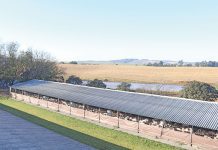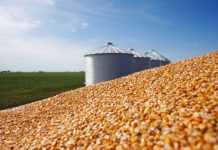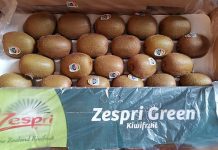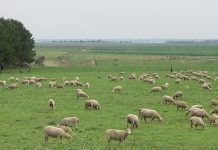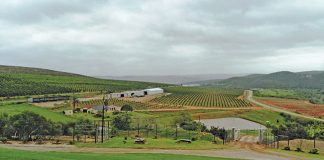Loan application forms from the bank will give guidance on the type of information these institutions need. However, your business plan should include the following:
the purpose of the loan, the personal and company details of the applicant/s, the location of the business, the production plan; marketing plan, management plan, financial plan, and a risk assessment.
Last week we looked at the production plan. This issue we focus on the marketing plan. The marketing plan should describe where and how the product produced on the farm is to be sold and the prices that will be achieved. Include details on where your market is. Are you going to sell on the spot, that is, to the first available buyer at ruling market prices? Or will you have a contract with someone?
Say who your clients are going to be and list any requirements they might have. For example, does the client require any particular quality standard? If you’re going to have a contract, do you have one already and what are the terms? Typically, the contract will dictate the price, quality standards, the volumes and dates of delivery and the consequences if you can’t deliver.
If your product needs promoting, this should be included in the marketing plan. You’ll also need to include what channel you’ll use to market your product. That is, who you’ll sell your product to, to reach the consumer.
If you produce green mealies, sweet potatoes or live chickens, you could sell them off-farm or to the bakkie trade. Alternatively, you might have a deal with a hawker or an agent. If you’re a small-scale sugar farmer, you might have a contract to supply sugarcane to a mill.
Another aspect to consider is competition. Know what other farmers in the area are doing. If everyone is growing potatoes or cabbages, you could look for something else to grow, or create a demand for your product by planting and harvesting at a slightly different time.
Source: Duncan Pringle, head of Phatisa Agri Business South Africa. Call 031 765 2442, e-mail [email protected] or visit www.phatisa.com.

